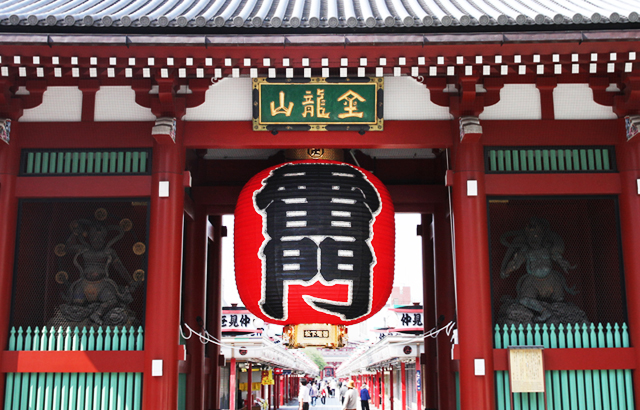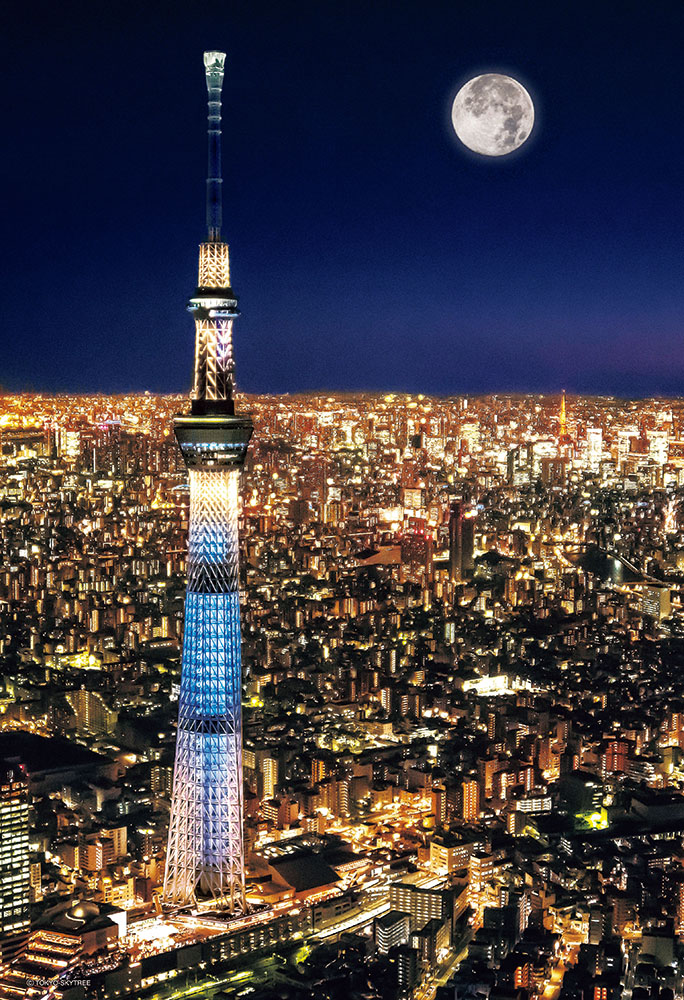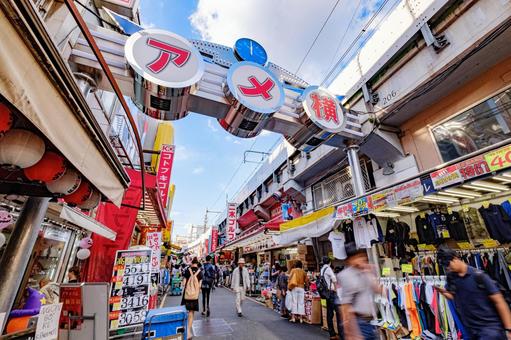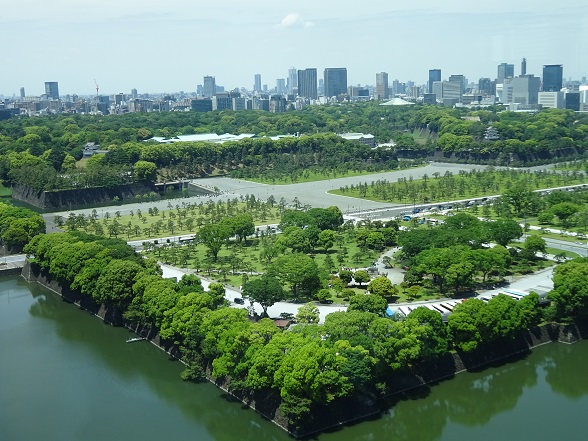- HOME
- News & Column
- Tokyo/Otemachi Tourist Information
Tokyo/Otemachi Tourist Information
Tokyo/Otemachi
Tokyo
Tokyo is Japan’s capital and the world’s most populous metropolis. It is also one of Japan’s 47 prefectures, consisting of 23 central city wards and multiple cities, towns and villages west of the city center. The Izu and Ogasawara Islands are also part of Tokyo.Today, Tokyo offers a seemingly unlimited choice of shopping, entertainment, culture and dining to its visitors. The city’s history can be appreciated in districts such as Asakusa, and in many excellent museums, historic temples and gardens. Contrary to common perception, Tokyo also offers a number of attractive green spaces in the city center and within relatively short train rides at its outskirts.
Otemachi
Otemachi is often thought of as a central office district with few places for sightseeing. In fact, there are many places that not only businessmen but also tourists can enjoy. It is an area that should not be missed for sightseeing because of its easy access and a wide variety of stores recommended for shopping and lunch. Nearby is the Imperial Palace and parks and other lush greenery, making it a famous place for relaxation.

Senso-ji, 10 Must-See Famous Temples in Tokyo
Built in the year 628, Senso-ji is the oldest temple in Tokyo, standing in Asakusa, where a strong sense of the good old, traditional downtown district remains. It is a great spot where you can enjoy Edo culture through events, such as summer festivals, and the Battledore Fair. Along the street that continues straight from Kaminarimon Gate, the symbol of Asakusa, lies a row of restaurants and souvenir shops, making it enjoyable to browse as you walk.

Tokyo Skytree
Opened in 2012, Tokyo Skytree is one of Japan’s newest landmarks. There are lots of fun things to do at the iconic tower other than just going up and enjoying the view, albeit the panorama from the observation deck is impressive! Getting to Tokyo Skytree is straightforward. It is located at Tokyo Skytree Station on the Tobu Isesaki Line, and Oshiage Station on the Asakusa Subway Line, Hanzomon Subway Line, and Keisei Oshiage Line. Alternatively, it is about a 20-minute walk across the Sumida River from Asakusa. The Tokyo Skytree tower entrance is on the 4th floor of the Tokyo Skytree Town shopping mall. Tokyo Skytree tickets and ticket pickup is at the 4th floor west entrance.
https://livejapan.com/en/in-tokyo/in-pref-tokyo/in-ryogoku_skytree-tokyo/article-a0000165/

Ameyoko Shopping Street
The Ameyayokocho shotengai(shopping street) is located between JR Okachimachi Station and JR Ueno Station. It is a lively market with the charming atmosphere of historic downtown Tokyo and is visited by many shoppers every day. In addition to the well-known fish and crab, there is a wide variety of shops selling everything from clothing to Asian food, as well as food stalls. Looking back at its history, it is said to have grown out of a black market that sprung up in the years following the end of World War II. Initially, when sweets were valuable, many shops sold sweet potato candies and candies called amedama, but once the Korean War started in 1950, many shops began selling articles procured from the American military forces and the Market gradually changed from a black market to a shopping district. Because it was selling imported goods, it began to be called Ameyoko, which is a combination of ”Ameya-yokocho” (candy store lane) and ”Amerika-yokocho” (America lane). Even today, there is an ”Ameya-yokocho” sign on the Ueno side where many food stores are, and an ”Ameyoko” sign on the Okachimachi side, where many import stores are. It is well-known as a market full of shoppers buying fresh food at the end of the year to prepare for the New Year. It is a short walk from the central exit of JR Ueno Station.
https://livejapan.com/en/in-tokyo/in-pref-tokyo/in-ueno/spot-lj0002009/

The Imperial Palace
The Imperial Palace has served as the residential place of the successive Emperors since 1868. It contains the Imperial Residence and the Imperial Palace Complex, where His Majesty the Emperor undertakes official duties. Various ceremonies and public activities are held there too. Other major buildings in the Palace include the building of the Imperial Household Agency and the Palace Sericulture Centre, where the successive Empresses have raised silkworms following the precedent set in 1871 by Empress Dowager Shoken, Empress and consort of Emperor Meiji. The East Gardens of the Imperial Palace are located on the eastern part of the palace grounds and opened to the public.





